Strict enforcement of Interstate 25 ‘Gap’ driving habits begins north of Monument
EL PASO/DOUGLAS COUNTY LINE, Colo. (KRDO) - After a December grace period that resulted in approximately 10,000 violations, the Colorado Department of Transportation (CDOT) starts the new year with tighter enforcement of illegal and unsafe driving habits in the I-25 "Gap" between Monument and Castle Rock.
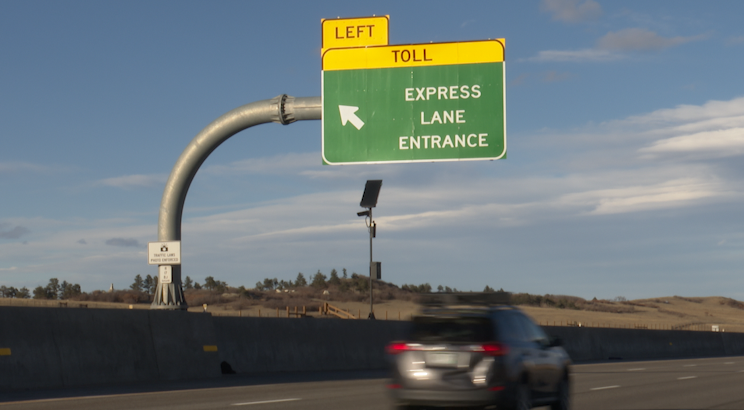
CDOT said that it is the first in the nation -- and perhaps in the world -- to install new technology that combines cameras, sensors, and computer software. It was designed and tested for two years by a private contractor.
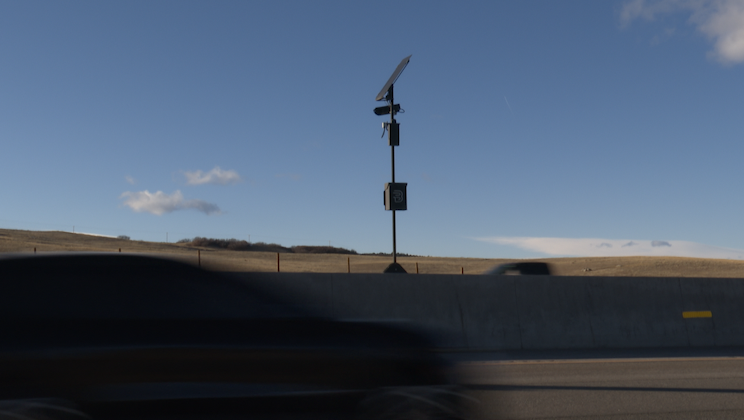
The agency wants to prevent crashes that are common when drivers in the two regular lanes are caught off-guard when express lane drivers unexpectedly and suddenly weave in and out of the pay lanes -- as well as discourage drivers from using the lanes without paying the tolls.
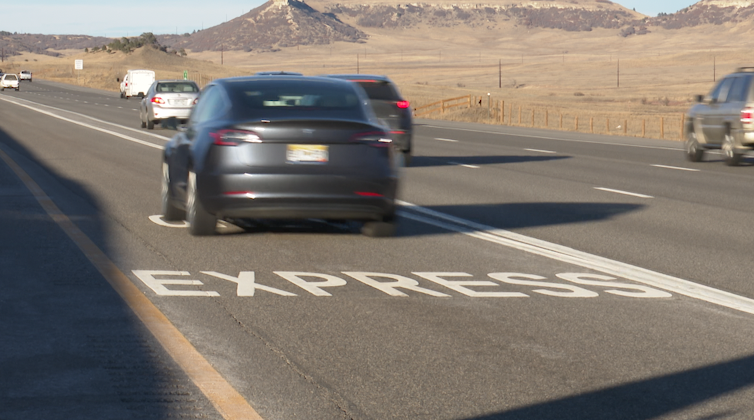
"What the technology does is automatically detects vehicles as they're moving over the express lane lines -- so that we can detect them, record the license plates and then send fines out to those violators," Tim Hoover, CDOT's deputy communications director, explained.
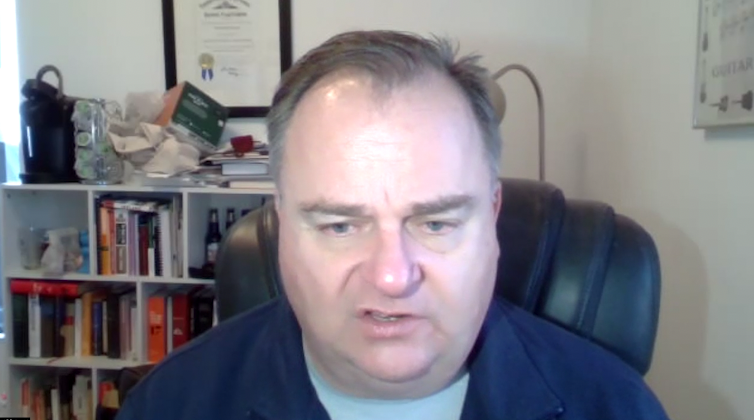
Violators will receive a $75 fine in the mail, which doubles to $150 if not paid within 20 days, with a maximum fine of $250.
State troopers also have the authority to pull over and cite violators they see.
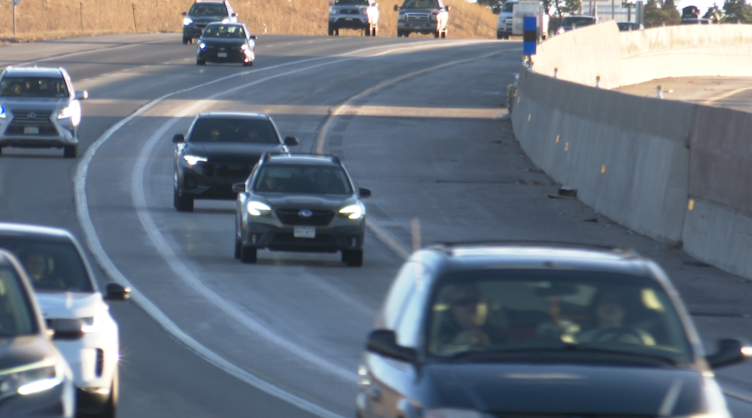
Hoover elaborated on the guidelines for proper express lane driving.
"I think we have some rules around how much of the car has to pass over the line," he stated. "Let's say if you were straddling the line for a mile, I think that's a problem, right? But if your car just touches, like it's a foot fault or something, I don't think you're going to get a fine."
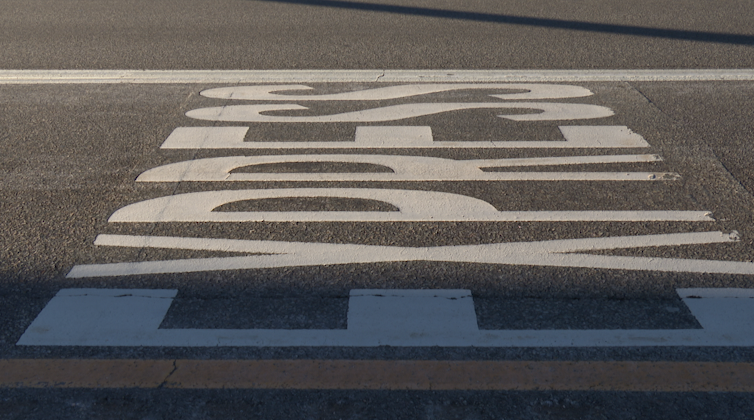
Hoover revealed that CDOT found one driver committed more than 140 violations during the December grace period in the Gap and in other express lanes across the state.
"If we find that the current fines don't work, we'll have to consider raising them, sending the fines to a collection agency, putting a hold on vehicle registration, things like that," he said. "But our research shows that only around 10% of drivers are doing the weaving. It's just that when a few do it, it endangers the rest of the traffic."
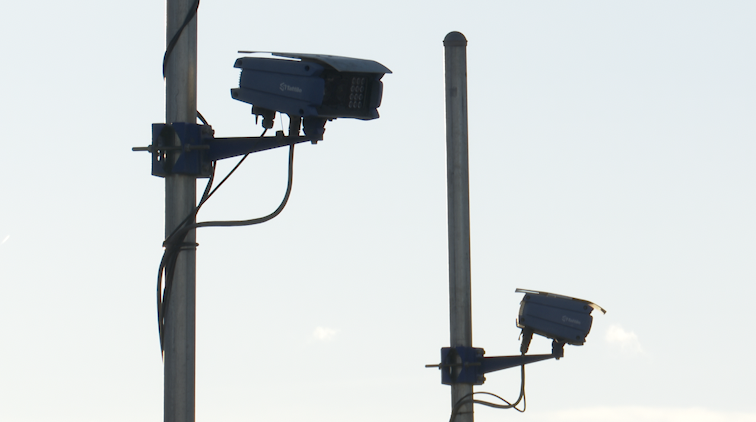
However, Hoover added that according to research, 81% of cited drivers don't receive a second violation.
"The initial fine is usually enough for people to get the message," he said. "We've reduced violations by 80% since we started enforcement."
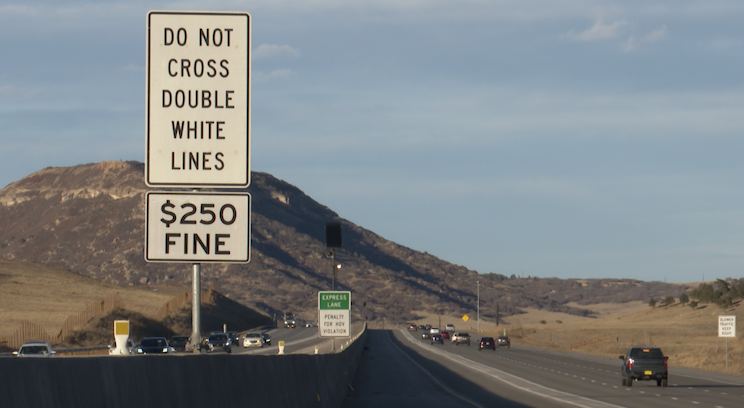
Interestingly, Hoover said that most of the violators are drivers of more expensive vehicles.
Some drivers may wonder why CDOT doesn't simply use barriers to keep drivers from weaving in and out of express lanes.
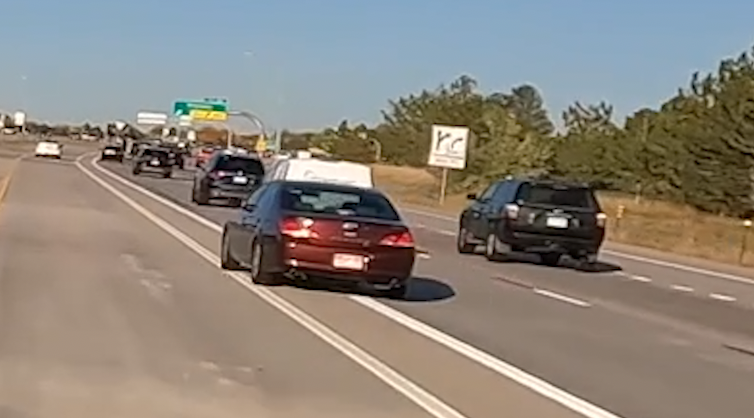
"We wouldn't be able to plow them when it snows," Hoover said. "We also have to keep those lanes accessible in case of an emergency when we would waive the tolls and use the express lanes to keep traffic moving."
For more information about express lane enforcement, including the process for appealing a fine, visit: https://www.codot.gov/programs/expresslanes/enforcementprogram.
